The journey of plastic from City Heights to Midway Atoll
By Chris Uyeda
The aptly named Midway atoll is located smack dab in the middle of the Pacific Ocean. It’s over 2,500 miles away from any continent and very few people live there but if you walk the shores you will still find trash. How?
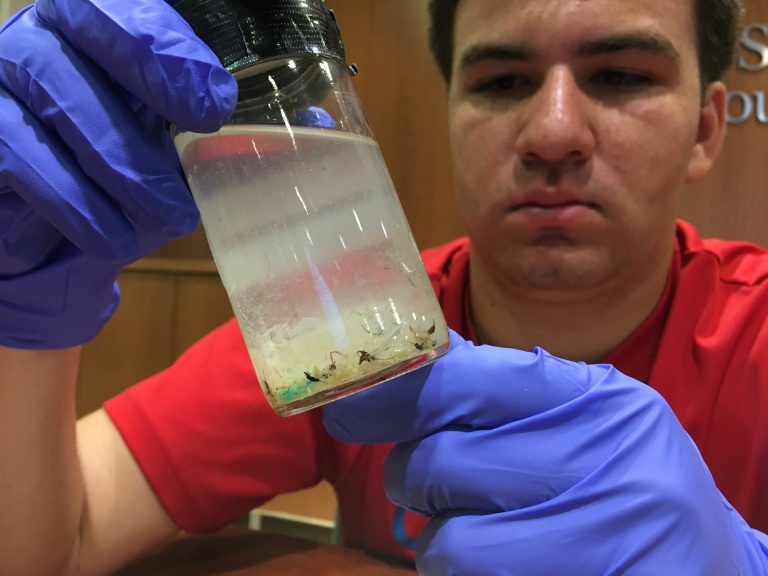
That was the question we came to investigate today. Part of the answer lies in the “Great Pacific Garbage Patch” a collection of marine debris that sits in the Pacific Ocean. The patch is difficult to measure so no one knows the exact size or impact but our hosts at I Love A Clean San Diego estimated it is about the size of Texas and holds 100 million tons of garbage.
The trash is accumulated by ocean currents which trap marine debris from the neighboring continents. Because over 90% of this debris is plastic, which doesn’t biodegrade, the trash collects over time.
Where do those plastics come from? 80% come from inland sources. Which is we joined forces with ILACSD to head inland (instead of the beach) to collect trash from the source.
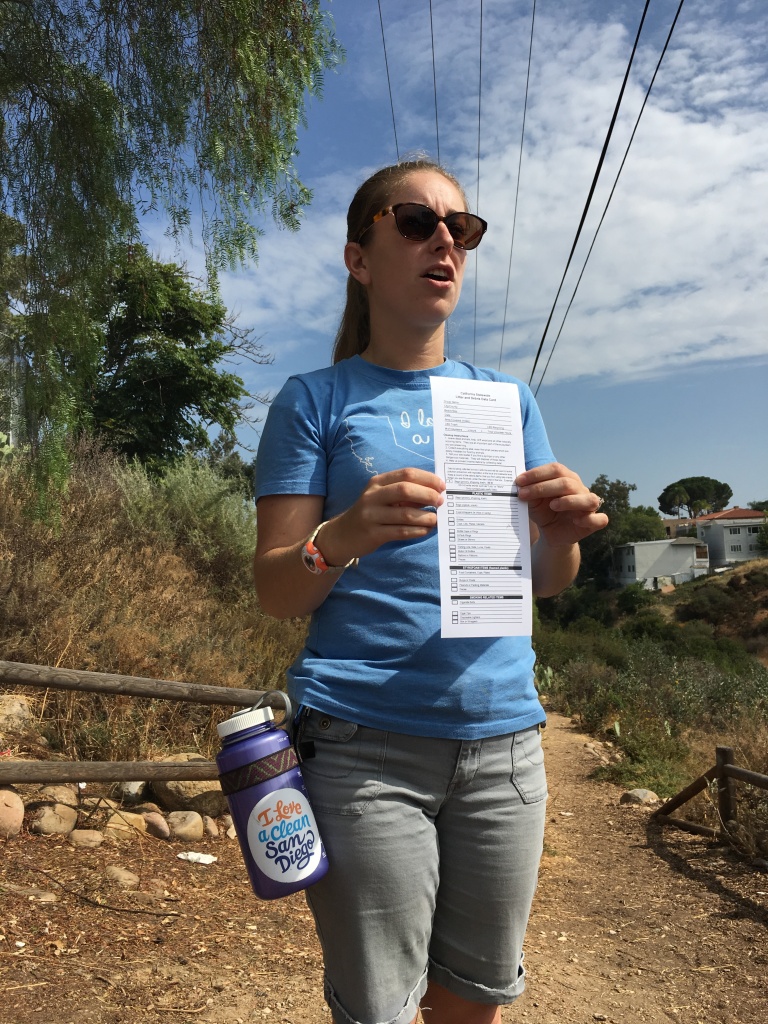
Students spent the morning collecting trash in City Height’s Swan Canyon. And if you wan’t to collect trash, San Diego is a great place to start. San Diegans produce 5 pounds of trash per person per day, the largest trash production in the nation.
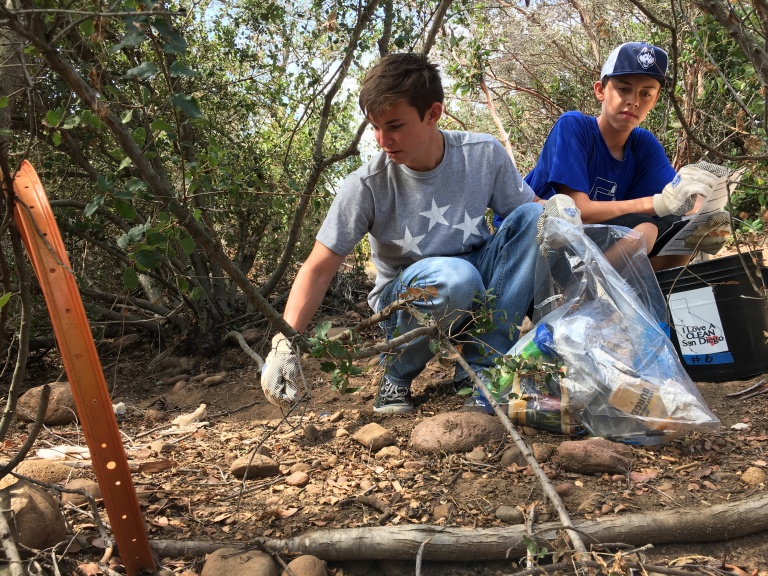
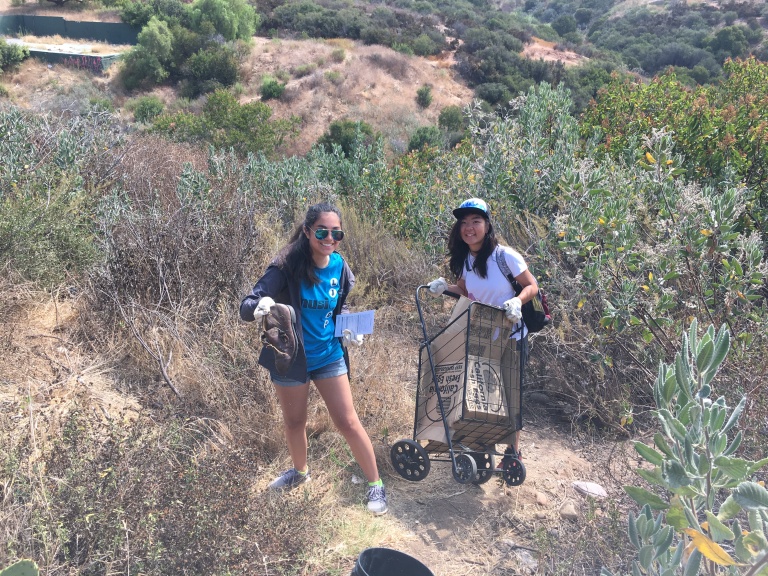
Students collected everything from cigarette butts (which we learned are the most commonly found items according to ILACSD’s data), shoes, spices, bike tires, and lots of plastic. It spanned the spectrum from the common to the very uncommon.
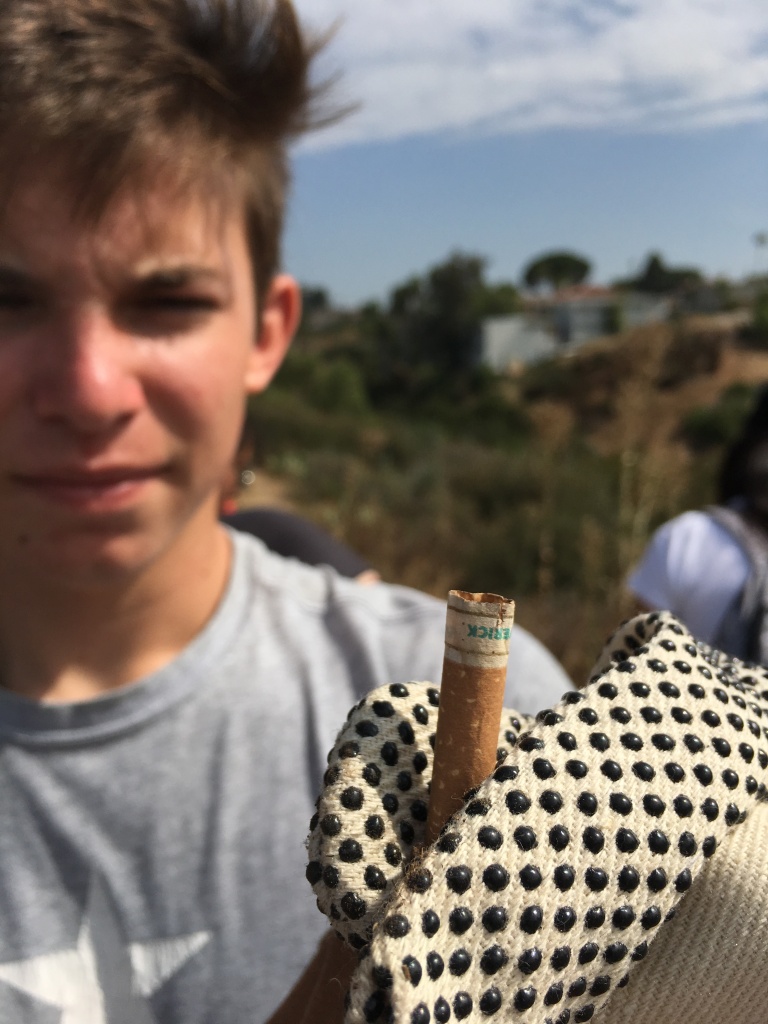
In fact, we learned that ILACSD has a “weirdest item” competition. Over the years they’ve seen it all, including a mannequin and a suitcase with a live fish in it! Our students joined the competition and it didn’t take long to pull out some truly interesting pieces.
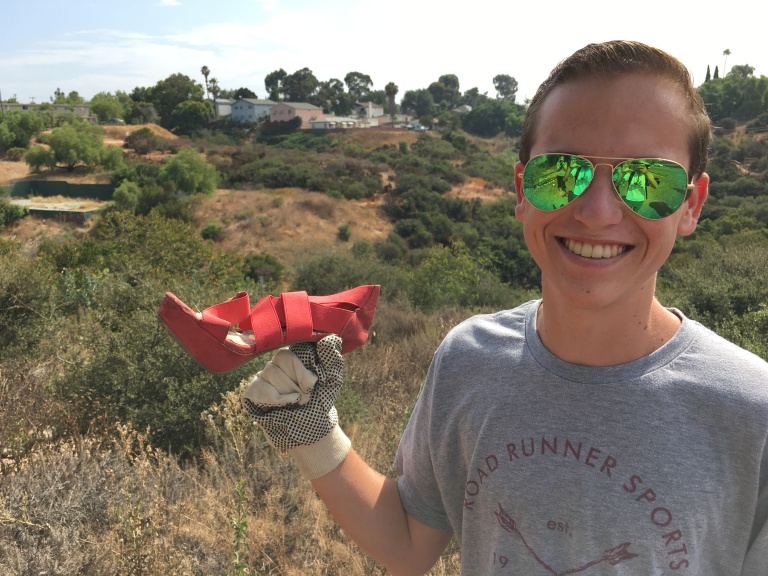

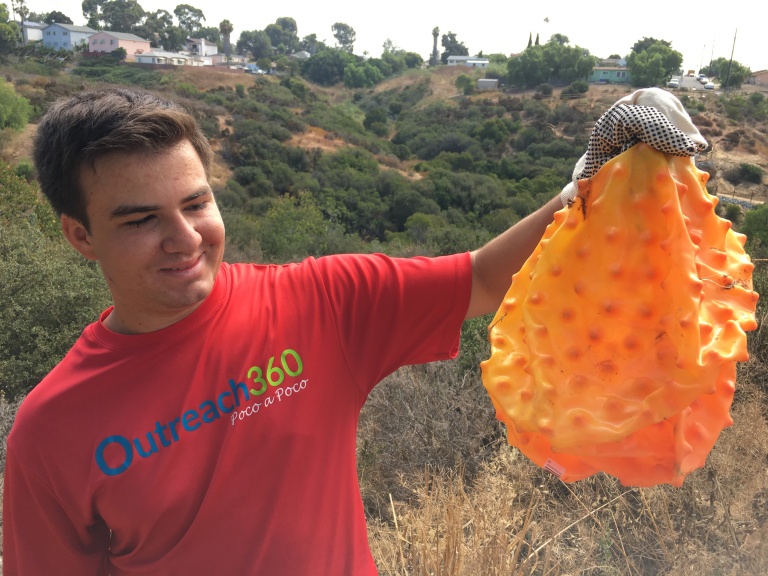
When all was said and done, our team of 10 students working for 45 minutes collected 92lbs of trash (80lbs of trash, 12lbs of recycling). It was nearly double what students estimated and contributed to the 500,000 pounds of trash ILACSD collects every year.
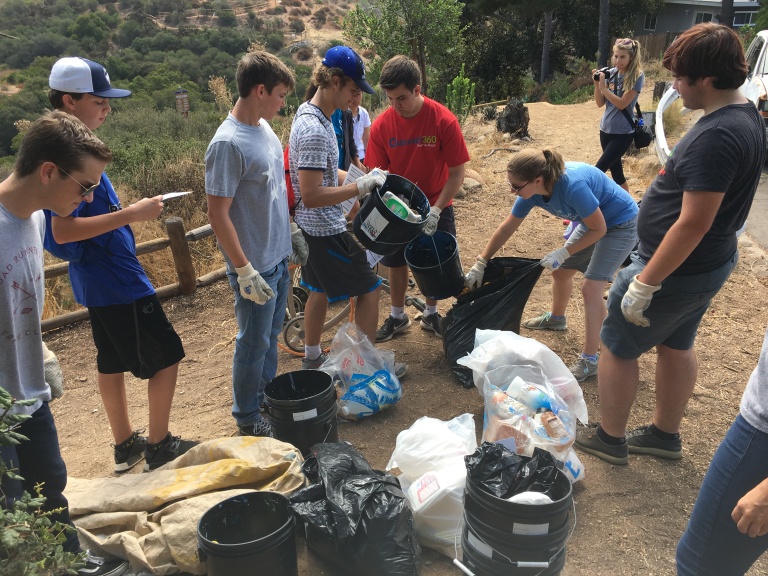
After the cleanup we headed to ILACSD’s headquarters in Liberty Station to see the other end of the trash cycle. Trash from areas like Swan Canyon can eventually end up in the ocean, through runoff from the area’s watershed. From there, ocean currents transport the trash thousand of miles away to places like the GPGP. And it’s there where roaming albatross can mistake the plastics for food.
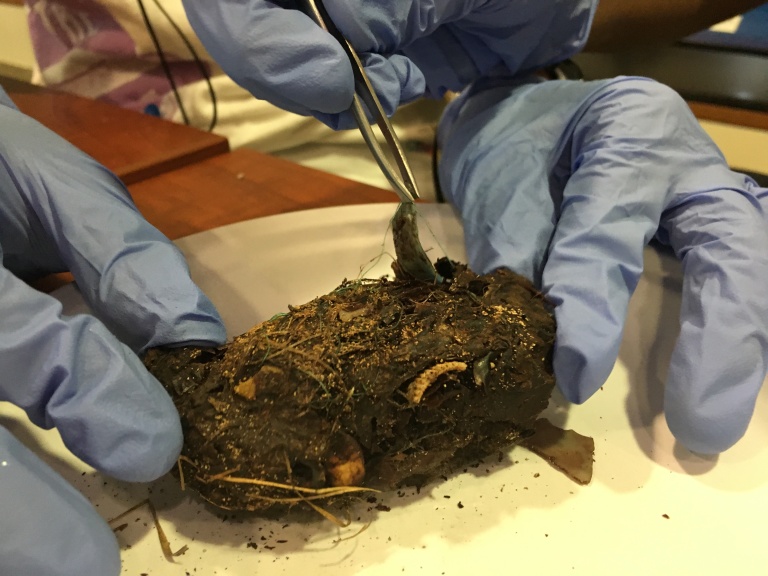
To get a sense of this, ILACSD acquired boluses from several Laysan albatross on Midway Atoll. Similar to an owl pellet, the bolus is undigestible material regurgitated by the chicks. It’s about the size of a large pickle, and dissecting the bolus can give you sense of the concentration of plastic in the ocean since albatross feed exclusively at sea.
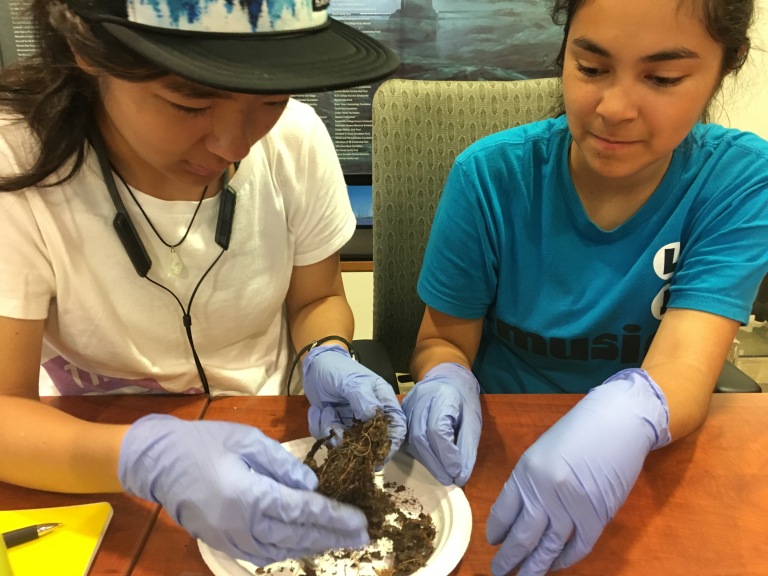
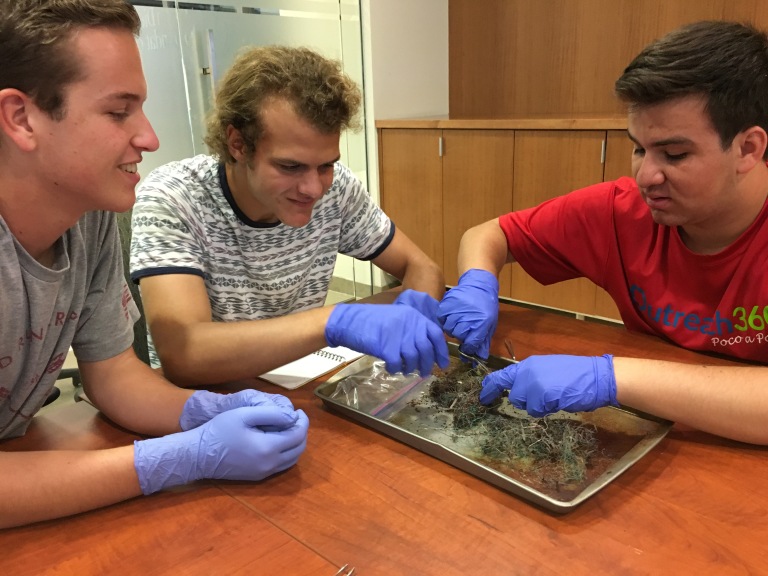
Today, plastics are found in nearly 98% of laysan albatross chicks and every student found some degree of plastic in their bolus. But while the presence of plastics are well known the consequences are not. For example, it’s difficult to say for certain whether the plastic leads to death. However, one school of thought is that the plastics make the albatross feel “full” causing the birds to starve. Plastics may also cause choking or puncture the birds internal organs.
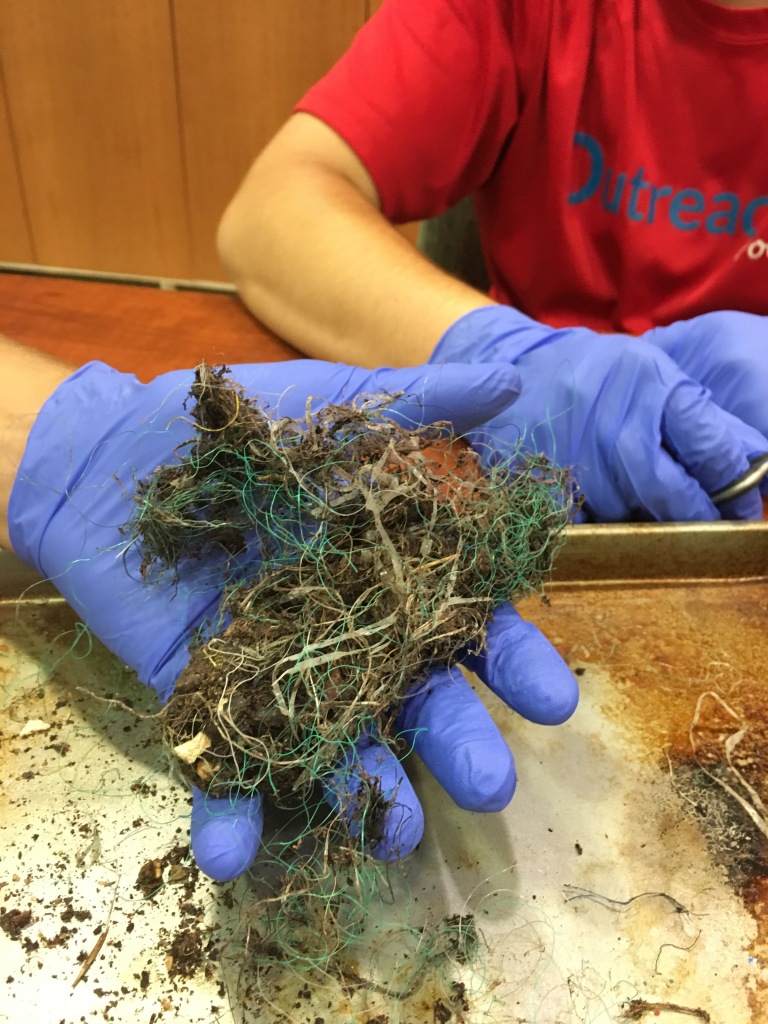
Regardless of the impact on birds, what was powerful is the connection between these two distant lands. It was amazing to think that a bottle cap that gets discarded in San Diego can end up in the stomach of an albatross 3,000 miles away. But that is exactly what students saw.
The good news is there is a lot we can do. And the good folks at ILACSD ended the day by inviting students to take action. If you’re feeling inspired at home, consider joining Coastal Cleanup Day in September or peruse ILACSD website for other ways to get involved.
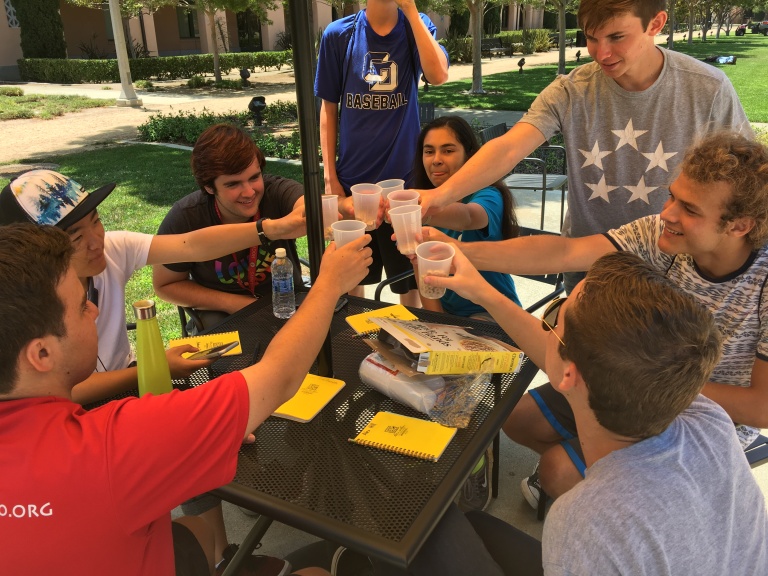
After saying goodbye and thank you, we had one last order of business. Max turned 17 today so we wished him happy birthday in true Max fashion. A connoisseur of dry cereal, we all toasted Max with a heaping cup of Cheerios to his absolute delight. Trust me – it’s his thing.
